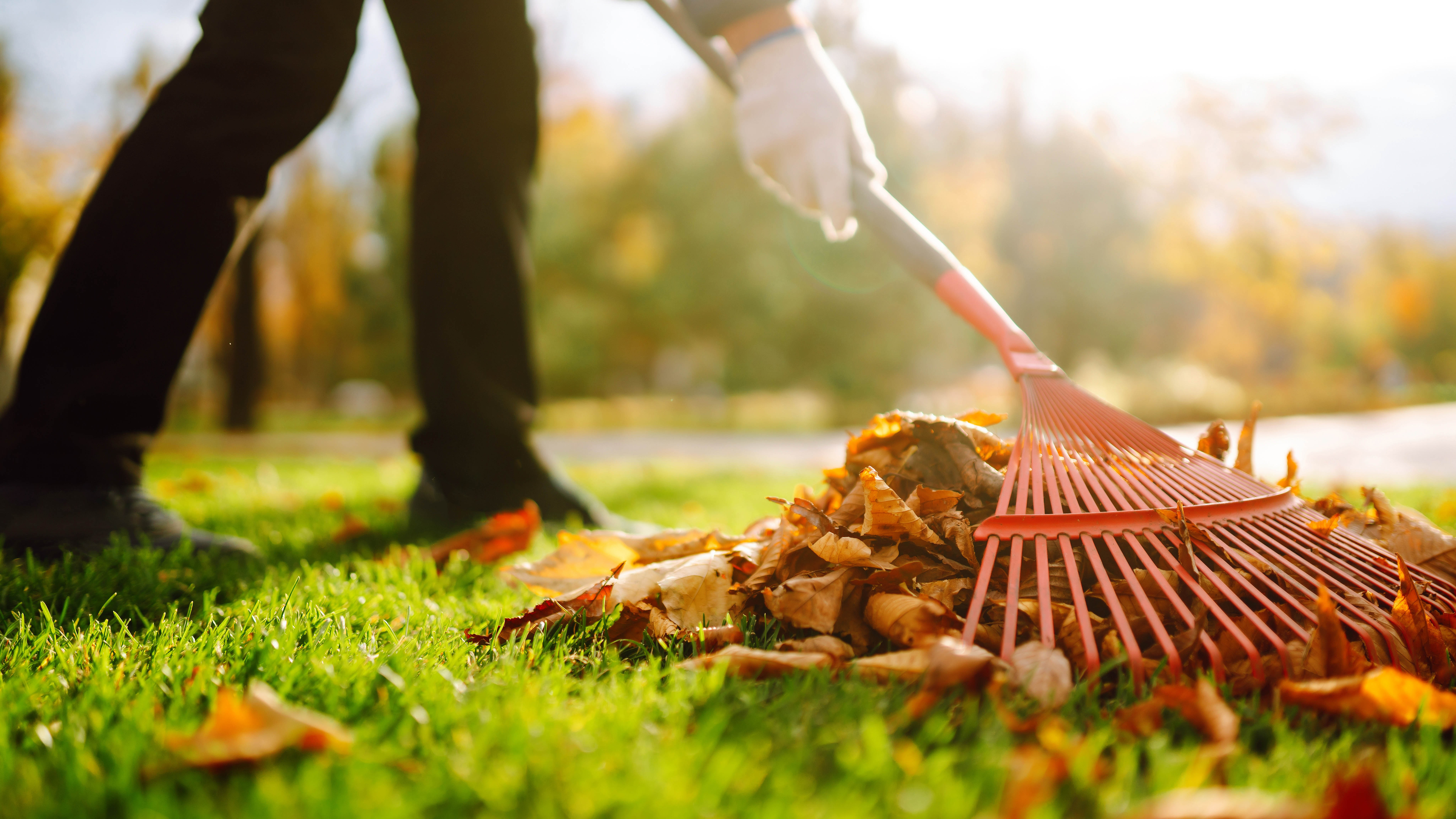
Summer may be over, but that doesn’t mean your lawn care is also finished. While you won’t need to maintain the same level of upkeep as you did in peak outdoor season, your grass will benefit from some attention now that the temperatures are cooling off.
In fact, the work you do now will help to put your yard in a good position for next year, and this recovery may be more substantial than you think. While summer is one of the best seasons for enjoying your lawn, all this activity can leave its mark. Warmer weather, harsher sunlight, and a lot of outdoor activities can have your lawn looking worse for wear by the time autumn arrives.
By taking action now, you can ensure that the lawn is well prepared for winter and ready to grow back refreshed in the spring. However, you don’t want to continue your summer lawn care system as your lawn will need different things during the cooler months. This period is about mitigating any damage from overuse and heat exposure, then using this quieter season to feed and protect grass for the future.
The good news is that a lot of these tasks are one-off activities that will have outsized impact, so it’s worth taking the time to complete them before the fall truly arrives. Here are five top tips for taking care of your lawn for the fall.
1. Remove debris
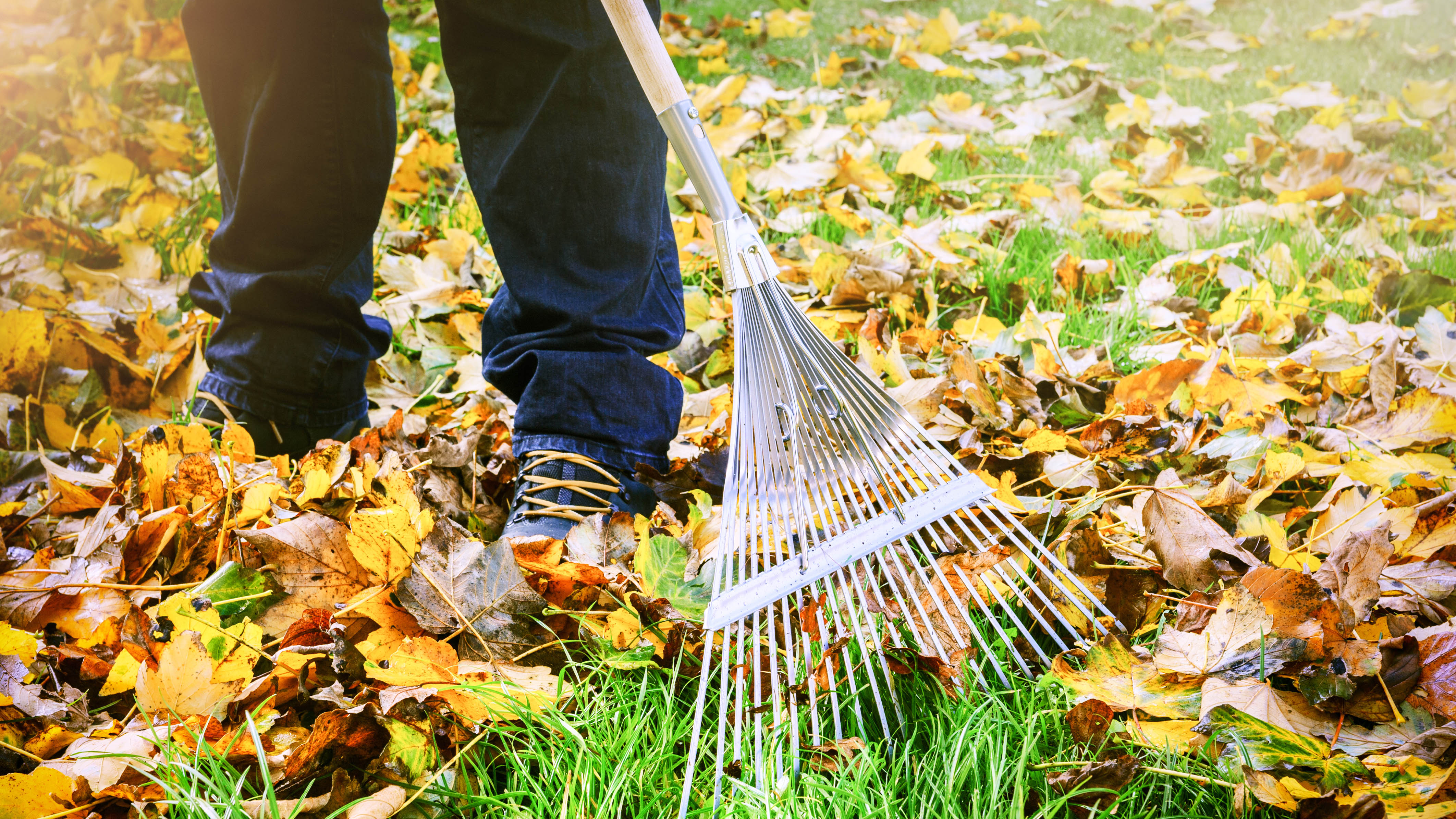
Weeks of regular lawn mowing, combined with early leaf dropping, can leave various debris on the surface of your lawn. Grass clippings, leaves, weeds and moss may all be hiding under those green grass stalks and they’re not just unattractive to the eye. This debris can create a barrier between the soil and the air, making it hard for water to penetrate into the soil and for air to circulate.
Start by raking your lawn and removing all the detritus. You might get some patchy areas if some parts of the lawn were more weed than fresh grass, but don’t worry; you’ll be correcting this soon. All your future work will depend on having direct access to the soil and to the grass itself, so position yourself well by clearing away any and all debris.
Just be sure to find out the different types of rakes suitable for your yard. Bear in mind, fallen leaves can be good for your lawn and have their benefits.
2. Aerate your soil
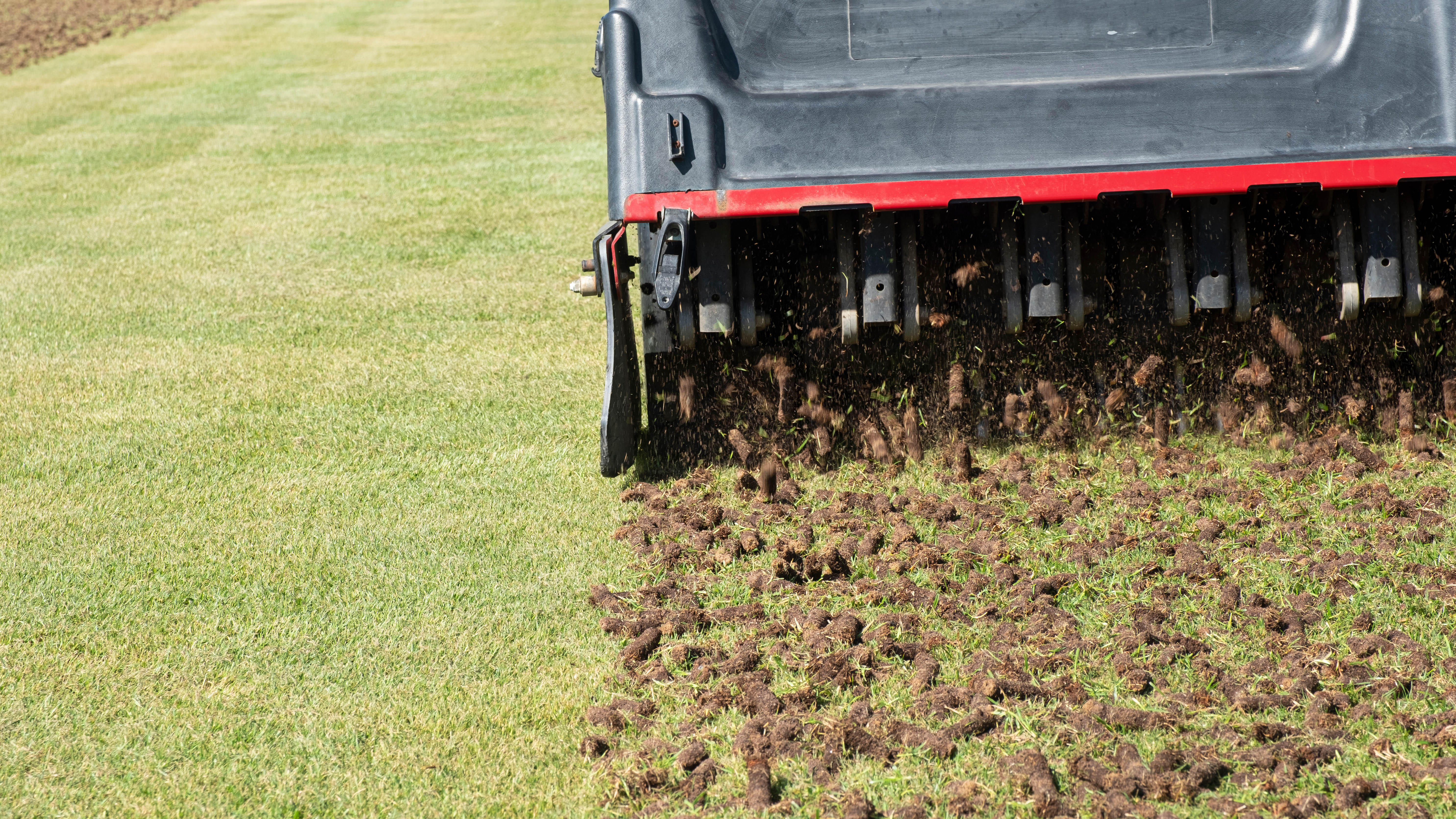
Perhaps the most valuable thing you can do for your lawn is to aerate it. This is because it addresses the critical problem of soil compaction. Over time, soil naturally sinks, settles and compacts into a dense mass. This can be exacerbated by heavy weight, such as a lawn mower, or forceful downward pressure, such as people playing sports and running on the lawn’s surface.
Compacted soil is a problem because it makes it harder for things to move around, in both directions. Water may not penetrate to the roots but will also struggle to drain away, which can promote the growth of fungus and disease. Plant roots may struggle to push through compacted soil and oxygen will be restricted from reaching those roots. In short, you want to loosen and aerate your soil regularly to avoid the worst of this.
Aerating your soil is best done near the end of the summer, when soil is compacted and there is less concern about the visual impact. You can aerate your soil by simply poking deep holes throughout the lawn or use a dedicated lawn aerator, which can be electric or manual. This process can create a little bit of mess, as you are essentially digging small holes throughout your lawn, but the benefits are worth it. The holes will naturally close over time and in return you give your soil a fresh infusion of air.
3. Overseed
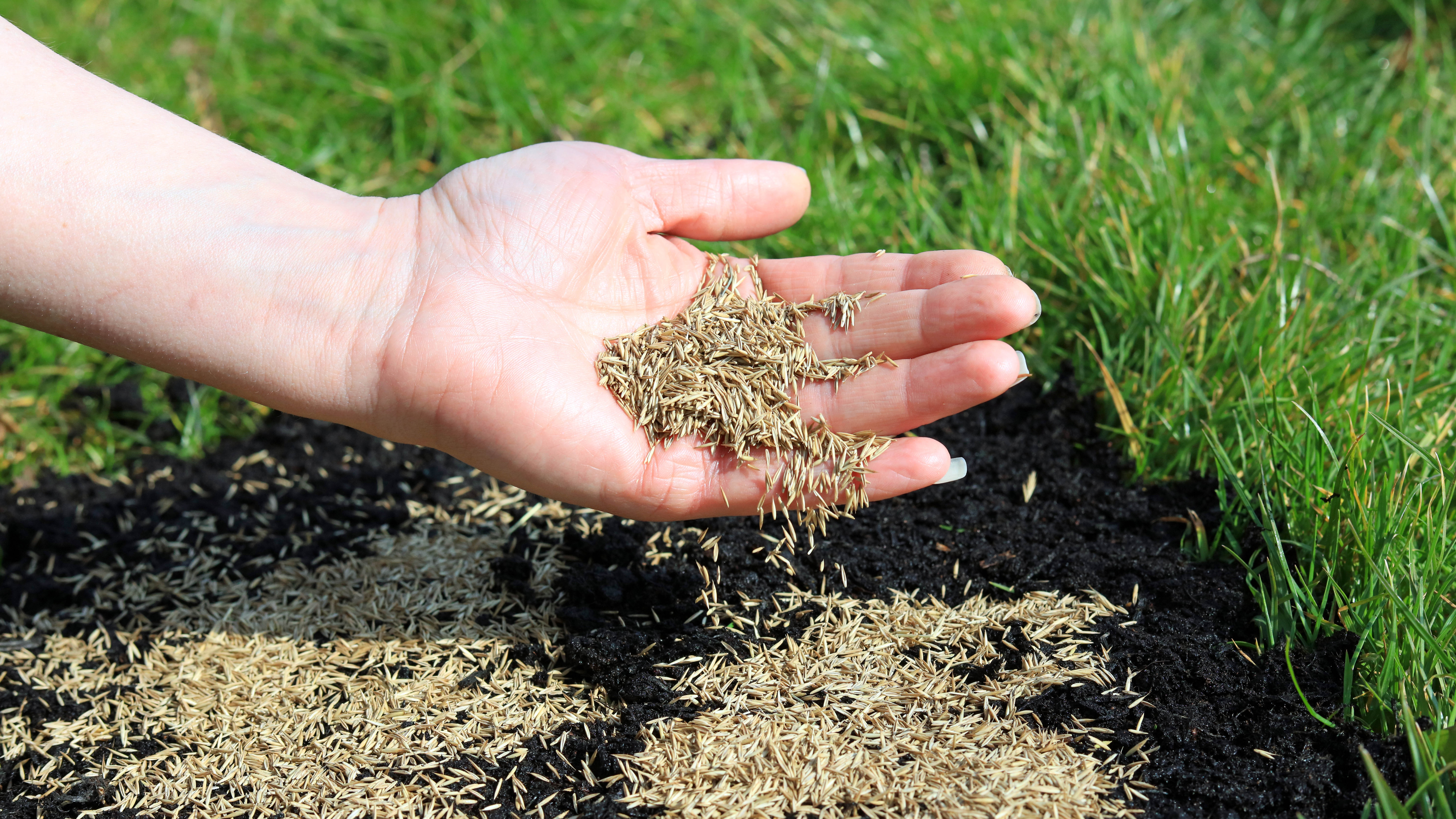
Once you’ve raked and aerated your lawn, it might not be looking so good. To address any patches and ensure a thick, plush carpet of grass come the spring, you’ll want to seed your lawn — also known as overseeding. Liberally spread seed across the yard, either by hand or with a spreader for more even and efficient sowing. The seeds will blanket the lawn and help to create a dense thicket of grass, plugging any gaps.—
By overseeding after aerating, you enable the grass to benefit from these improved conditions and greater airflow. The seeds may also fall deeper into the soil and be able to grow deeper roots than if they’d been sown on top of compacted soil. Remember that grass seedlings require more care than regular grass, so you’ll want to water regularly but gently so that seeds are kept moist but not saturated. Once they’ve taken firm root, you can revert to your regular watering schedule.
4. Fertilize & Mulch
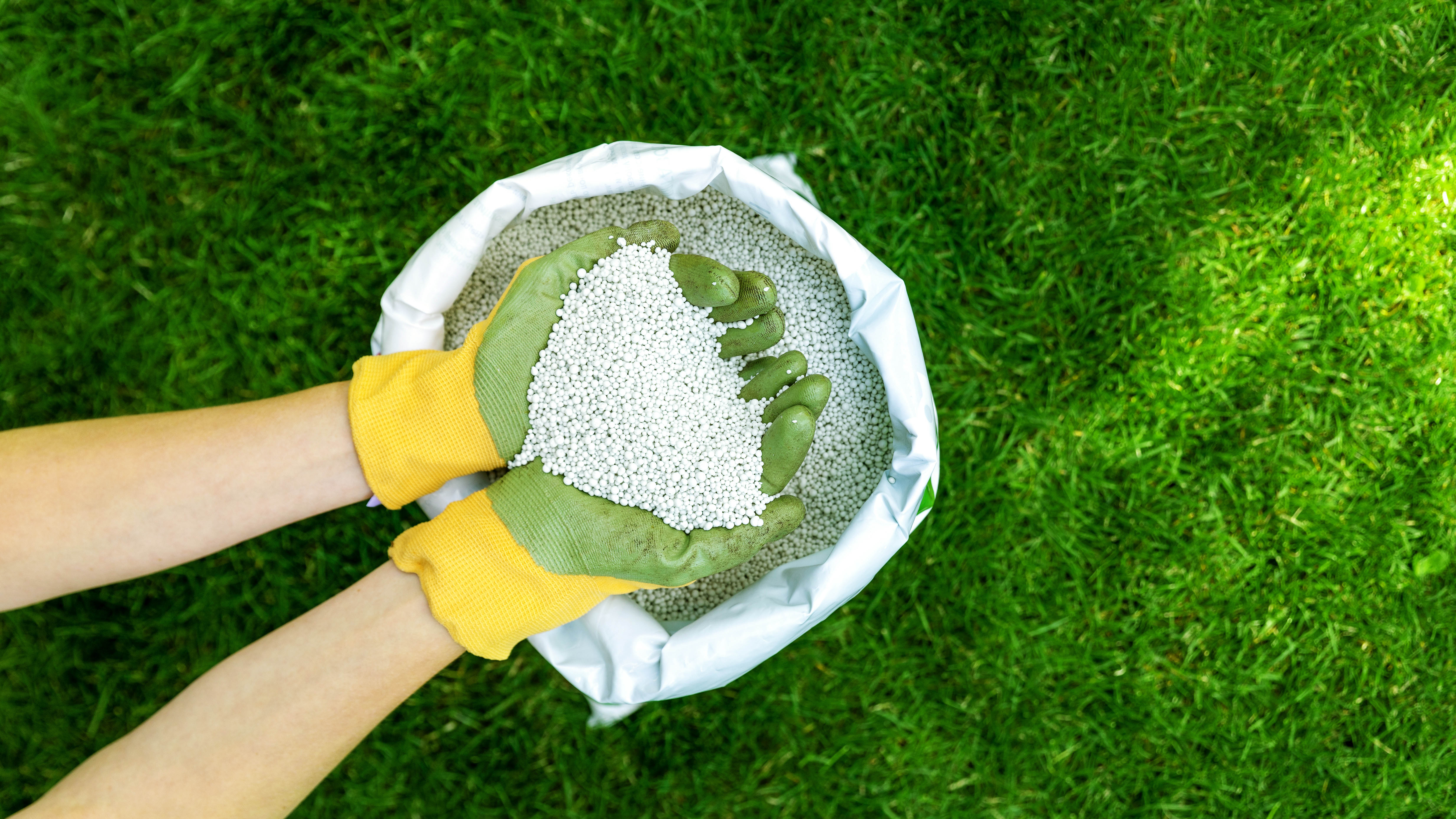
Now that your lawn is clean, aerated and planted, it’s time to give your grass a little bit of extra love ahead of the colder months. This is the time when your grass is recovering from the growing season and your soil is likely depleted of nutrients; it is not recommended to apply fertilizer during the summer, as the chemical components can react badly to the intense sun exposure and actually damage your lawn, not help it.
But now, you’re facing different conditions. The winter can be harsh and difficult for your garden, so you want to ensure that your lawn has the nutrients and care that it needs to survive the weather. In practice, this means supplementing your soil with fertilizer, such as Scotts WinterGuard Turf Builder, $31 at Amazon, and upping the nutrient levels, once the temperatures begin to cool down. Then, you should apply mulch to the surface of your soil, to help retain heat and moisture while preventing weed growth. Be careful not to do this step too early! The ideal time is a few weeks before the first frost.
5. Adjust watering accordingly
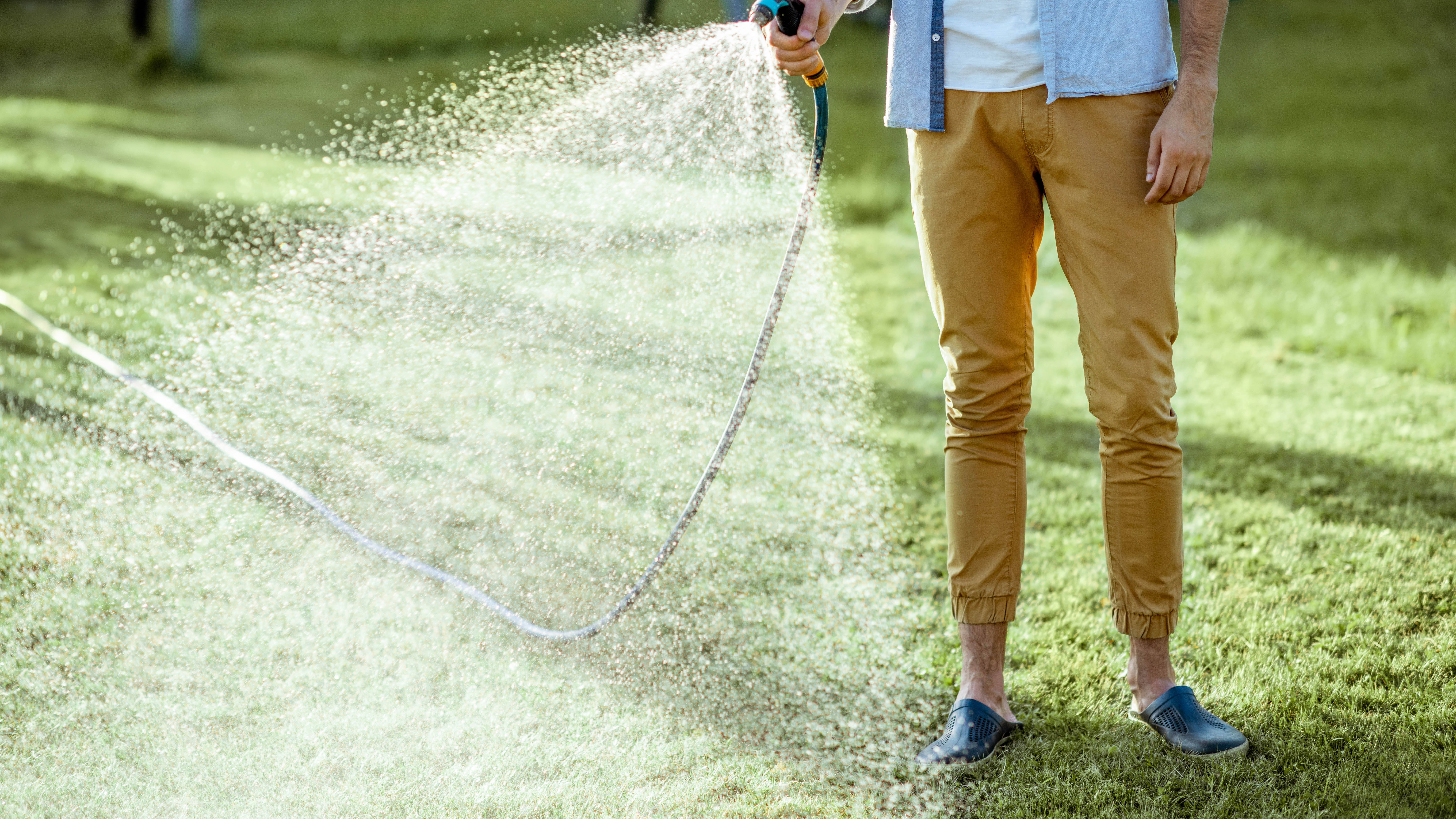
By now, your lawn should be in good condition and ready to handle the winter. This means your new job is simply to keep it that way. While the hardest work is done, you’ll still want to water your garden and keep an eye on its progress through the next few months. However, you’ll need to adapt your watering schedule as the weather cools.
Colder temperatures mean that there will be less water evaporation from the soil, so you won’t need to water as much. There will also likely be more rain throughout the autumn and winter, which will alleviate the need for you to manually water. Pay attention to the local weather and adjust your watering schedule to suit these new conditions, to ensure that the grass doesn’t become overwatered. Excess water in the soil can lead to root rot and other diseases, which can be impossible to treat, so your best approach is to prevent it in the first place.







